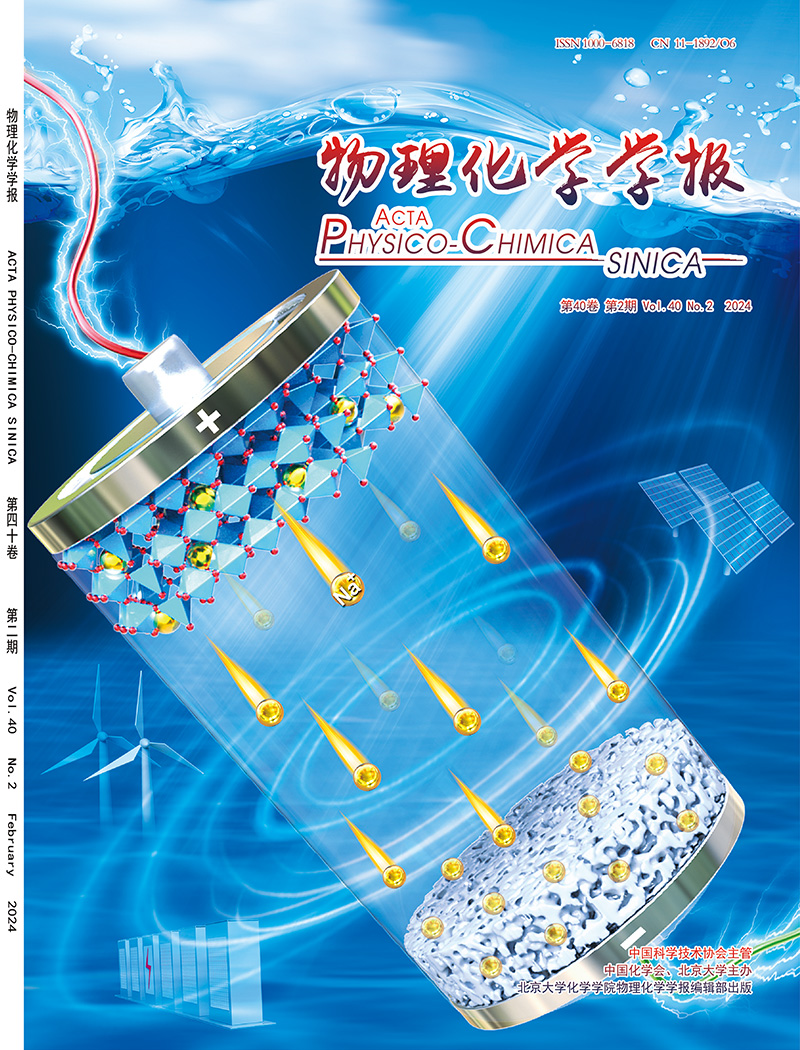Epitaxial growth of nonlayered 2D MnTe nanosheets with thickness-tunable conduction for p-type field effect transistor and superior contact electrode
IF 13.5
2区 化学
Q1 CHEMISTRY, PHYSICAL
引用次数: 0
Abstract
Two-dimensional (2D) transition-metal dichalcogenides (TMDs) exhibit diverse structures, encompassing a broad spectrum of electronic types ranging from metal, semiconductor, to insulator and topological insulator. They hold immense potential for both Moore and more-than-Moore device applications. Among them, manganese telluride (MnTe), an emerging nonlayered 2D material, has garnered considerable attention due to its exceptional properties and significant application potential in next-generation electronic and optoelectronic devices. However, the controllable synthesis of ultra-thin 2D MnTe remains a great challenge, which hindering the comprehensive exploration of its fundamental properties and potential applications. In this study, we present the synthesis of large-area MnTe nanosheets through chemical vapor deposition growth, showcasing its thickness-dependent properties and device applications. By increasing the growth temperature from 500 to 750 °C, the MnTe nanosheets’ thickness transitions from thin-layer to a thick flake, the domain size increases from 10 to 125 μm, the morphology changes from triangle to hexagon, culminating in a highly symmetrical round shape. Structural characterization and second harmonic generation measurements reveal that the obtained MnTe nanosheets exhibit high crystallization quality and superior second-order optical nonlinearity. The field effect transistor (FET) constructed with thin-layer MnTe demonstrates a p-type semiconductor characteristic, transitioning to a semimetal feature as the thickness increases to a thick flake. Leveraging these thickness-dependent electrical conduction transition features, we explore diverse applications of MnTe with varying thicknesses. The semiconductive thin-layer MnTe, serving as the photosensitive channel in a device, achieves superior photoresponse, showcasing considerable potential for photodetection appliations. The semimetallic thick-layer MnTe, acting as the contact electrode in a MoS2 FET, significantly enhances device performance, with carrier mobility increasing from 12.76 cm2 V−1 s−1 (Au contact) to 47.34 cm2 V−1 s−1 (MnTe contact). This work lays the foundation for the controllable synthesis of nonlayered 2D MnTe and provides insights into its prospective development for constructing innovative electronic and optoelectronic devices.

p型场效应晶体管和优质接触电极非层状二维MnTe纳米片的外延生长
二维(2D)过渡金属二硫族化合物(TMDs)具有多种结构,包括从金属,半导体到绝缘体和拓扑绝缘体的广泛电子类型。它们在摩尔和超越摩尔的设备应用中都具有巨大的潜力。其中,碲化锰(MnTe)是一种新兴的非层状二维材料,由于其优异的性能和在下一代电子和光电子器件中的巨大应用潜力而引起了人们的广泛关注。然而,超薄二维MnTe的可控合成仍然是一个巨大的挑战,阻碍了对其基本性质和潜在应用的全面探索。在这项研究中,我们介绍了通过化学气相沉积生长的大面积MnTe纳米片的合成,展示了其厚度依赖性和器件应用。当生长温度从500℃提高到750℃时,MnTe纳米片的厚度从薄层转变为厚片状,畴尺寸从10 μm增加到125 μm,形貌从三角形转变为六边形,最终形成高度对称的圆形。结构表征和二次谐波测量表明,制备的MnTe纳米片具有较高的结晶质量和良好的二阶光学非线性。用薄层MnTe构建的场效应晶体管(FET)显示出p型半导体特性,随着厚度增加到厚片状,过渡到半金属特性。利用这些与厚度相关的导电转变特征,我们探索了不同厚度MnTe的各种应用。半导体薄层MnTe作为器件中的光敏通道,实现了优越的光响应,显示出相当大的光探测应用潜力。半金属厚层MnTe作为MoS2 FET中的接触电极,显著提高了器件性能,载流子迁移率从12.76 cm2 V−1 s−1 (Au触点)增加到47.34 cm2 V−1 s−1 (MnTe触点)。本研究为非层状二维MnTe的可控合成奠定了基础,并为其在构建创新电子和光电子器件方面的前景提供了见解。
本文章由计算机程序翻译,如有差异,请以英文原文为准。
求助全文
约1分钟内获得全文
求助全文

 求助内容:
求助内容: 应助结果提醒方式:
应助结果提醒方式:


